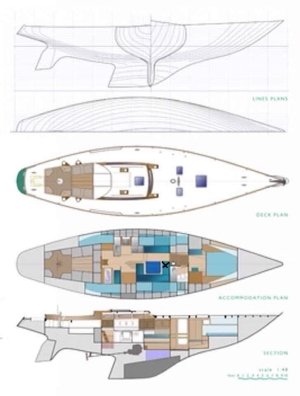Brc45
Member
A question for those who have made several intercontinental passages through subjects latitudes in GRP boats: did you wish you boat were better insulated?
If money were not a consideration, how would you have your boat insulated and heated for such regions?
If money were not a consideration, how would you have your boat insulated and heated for such regions?

